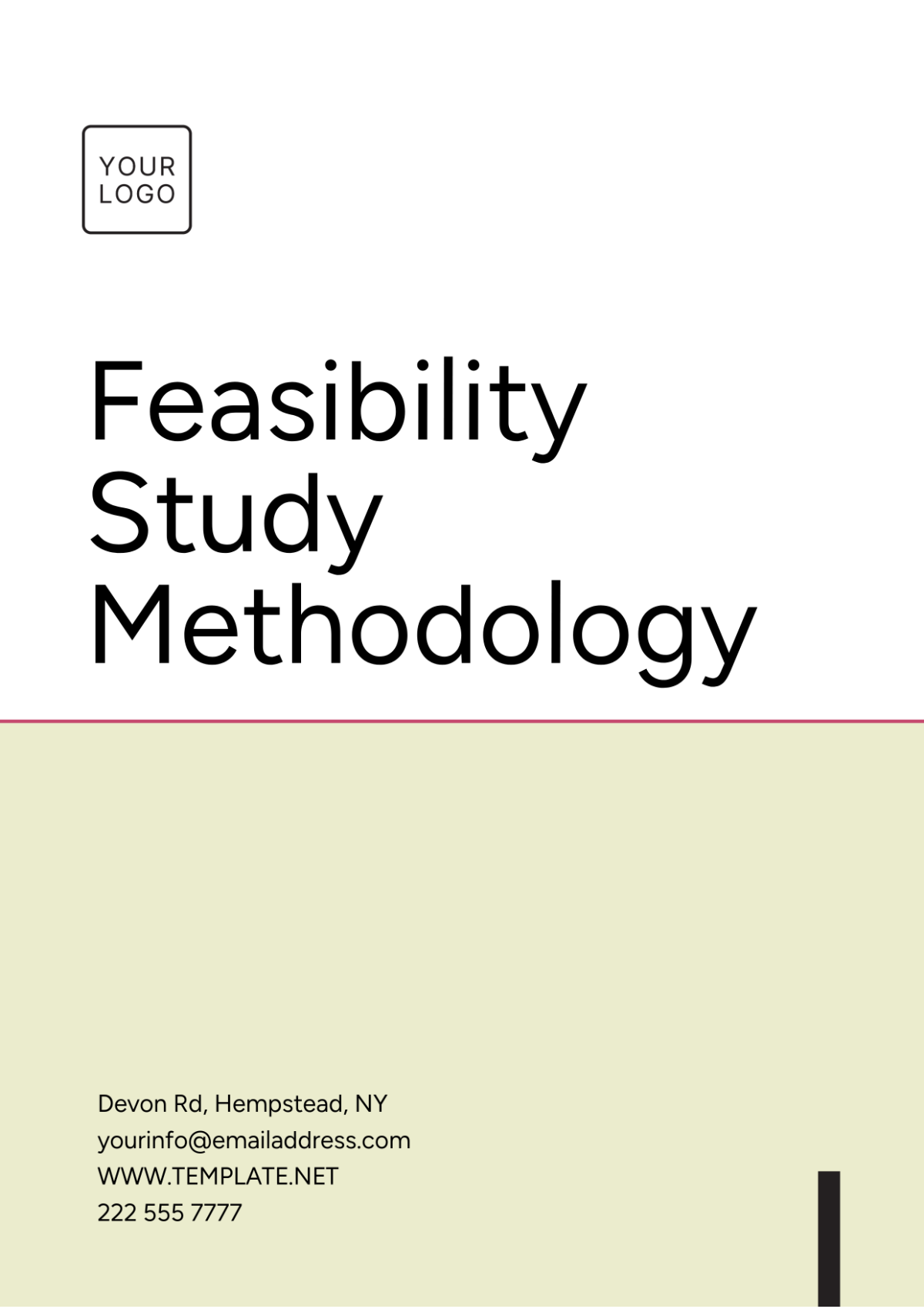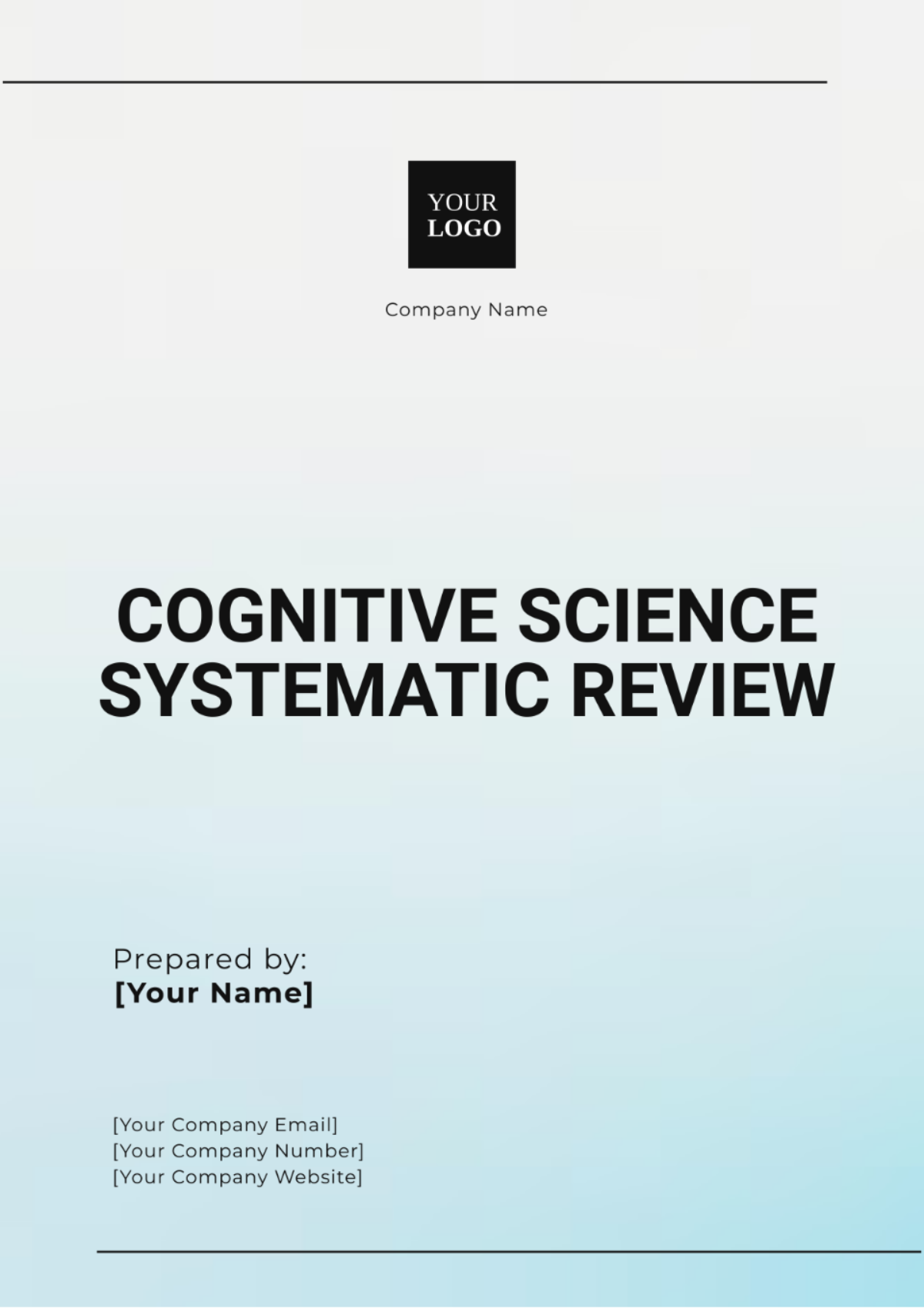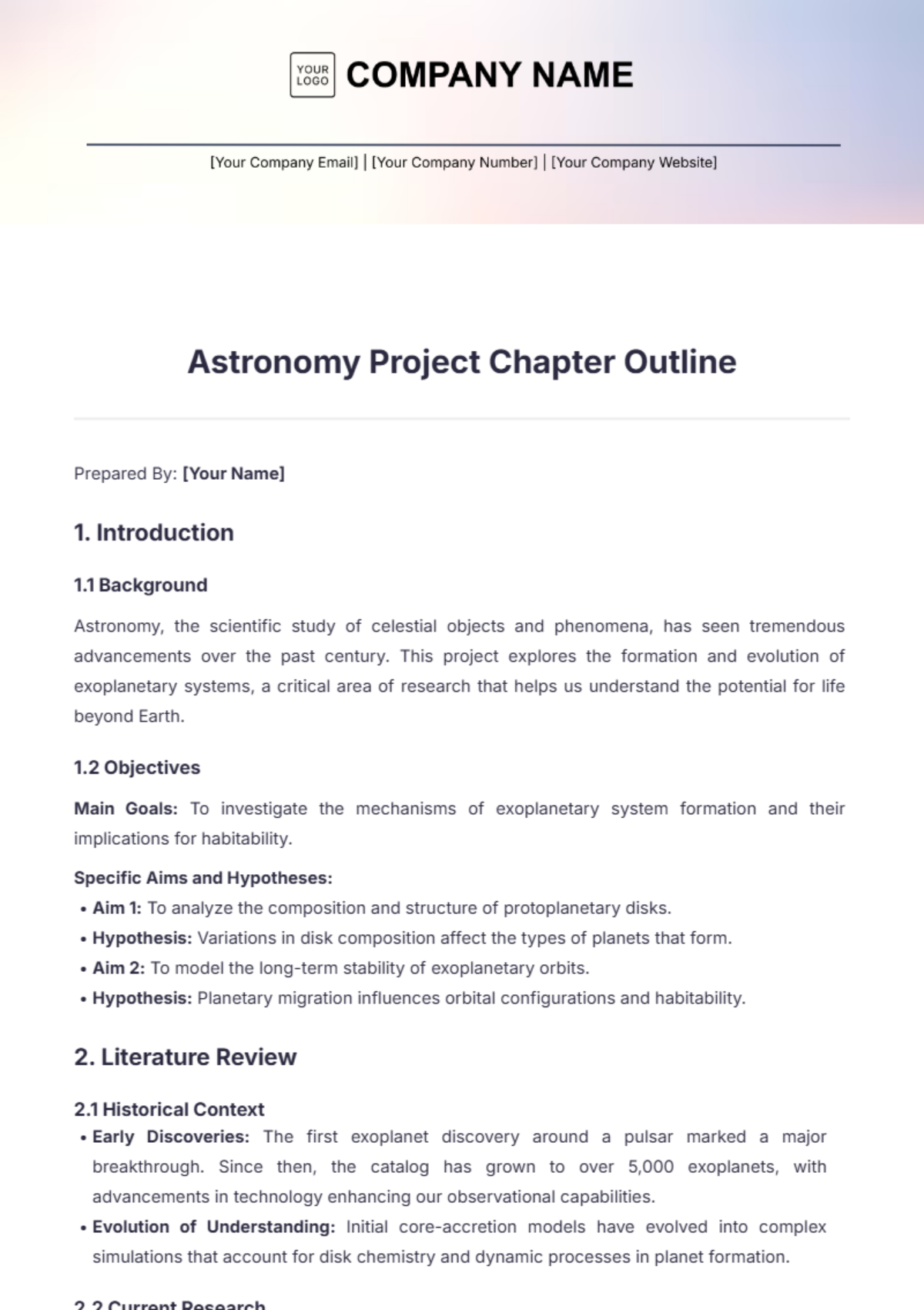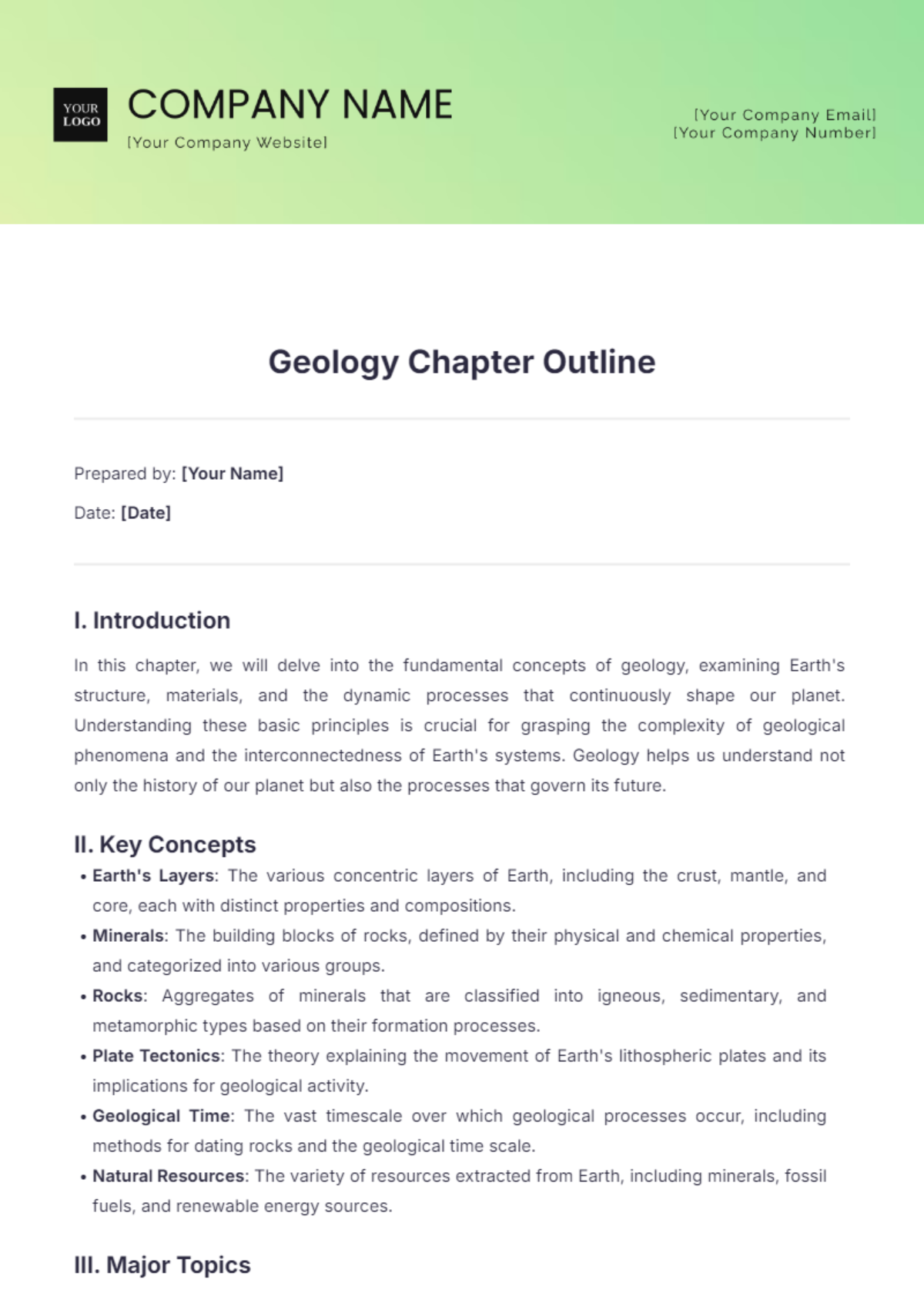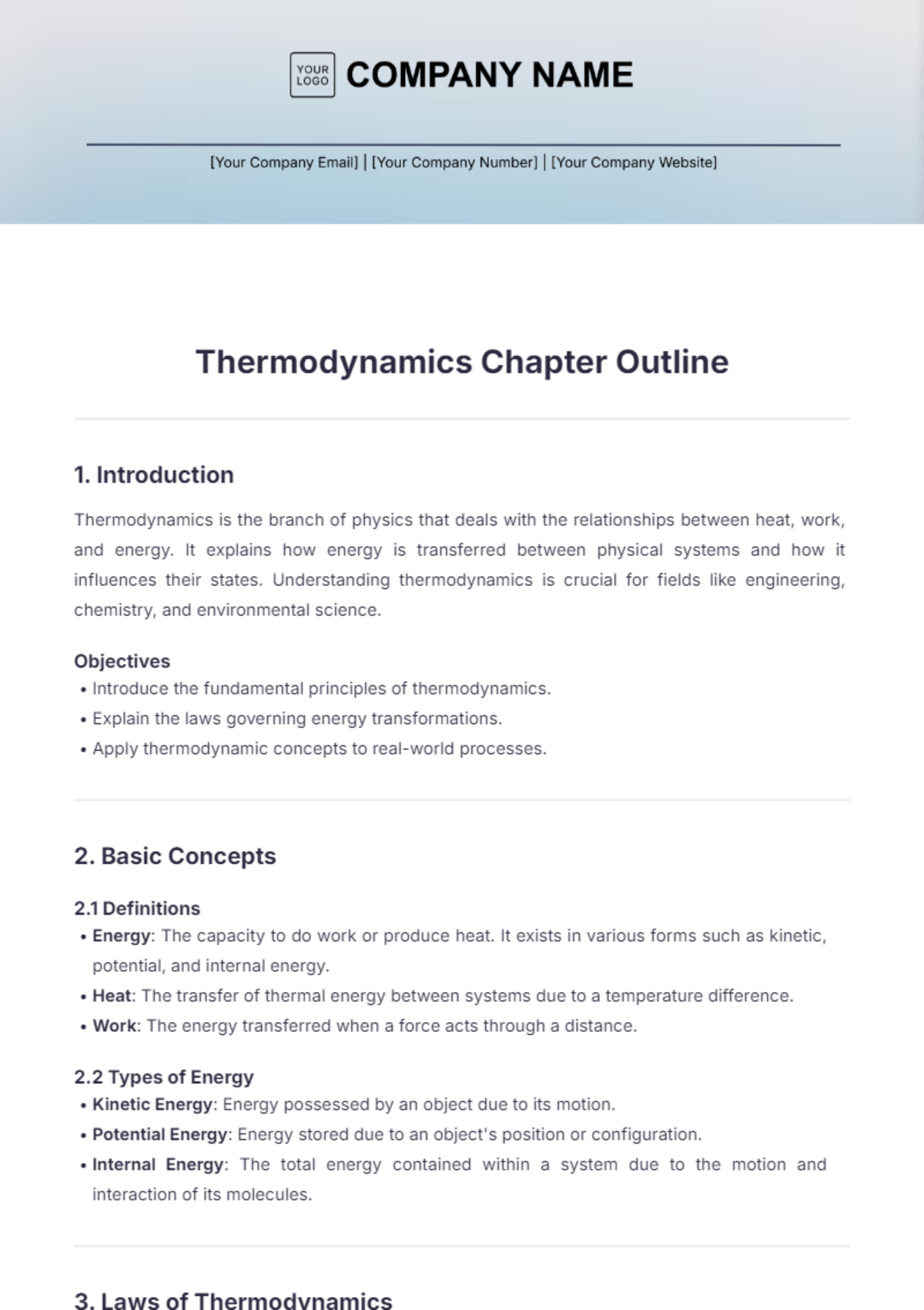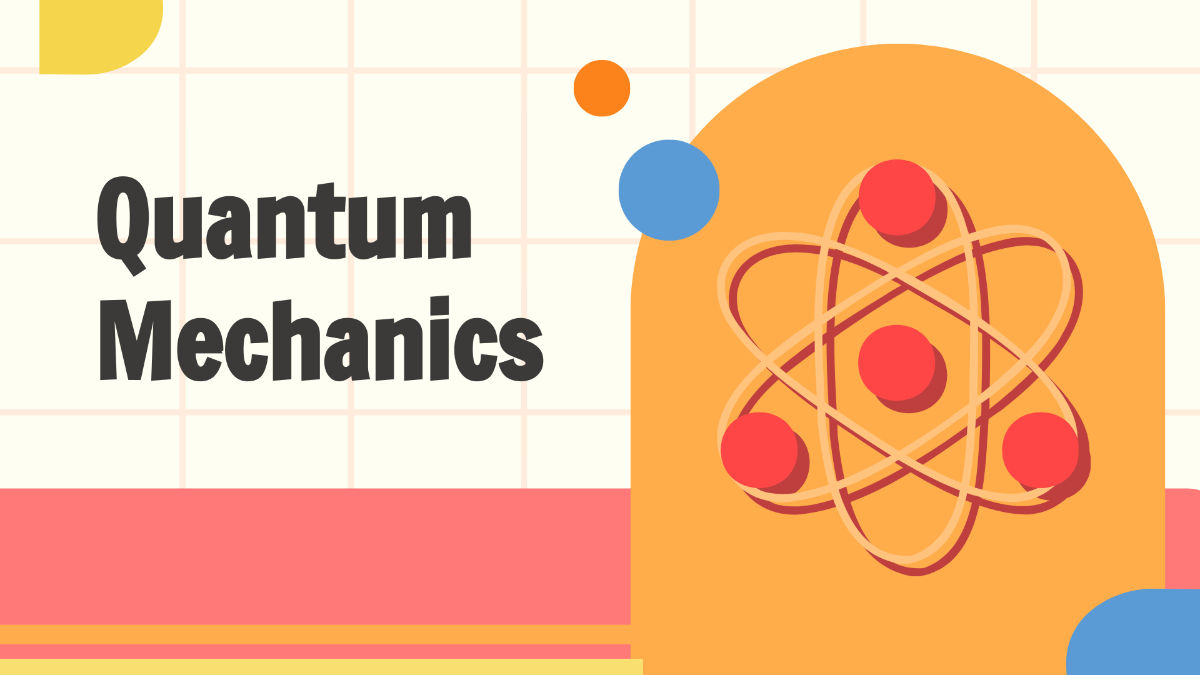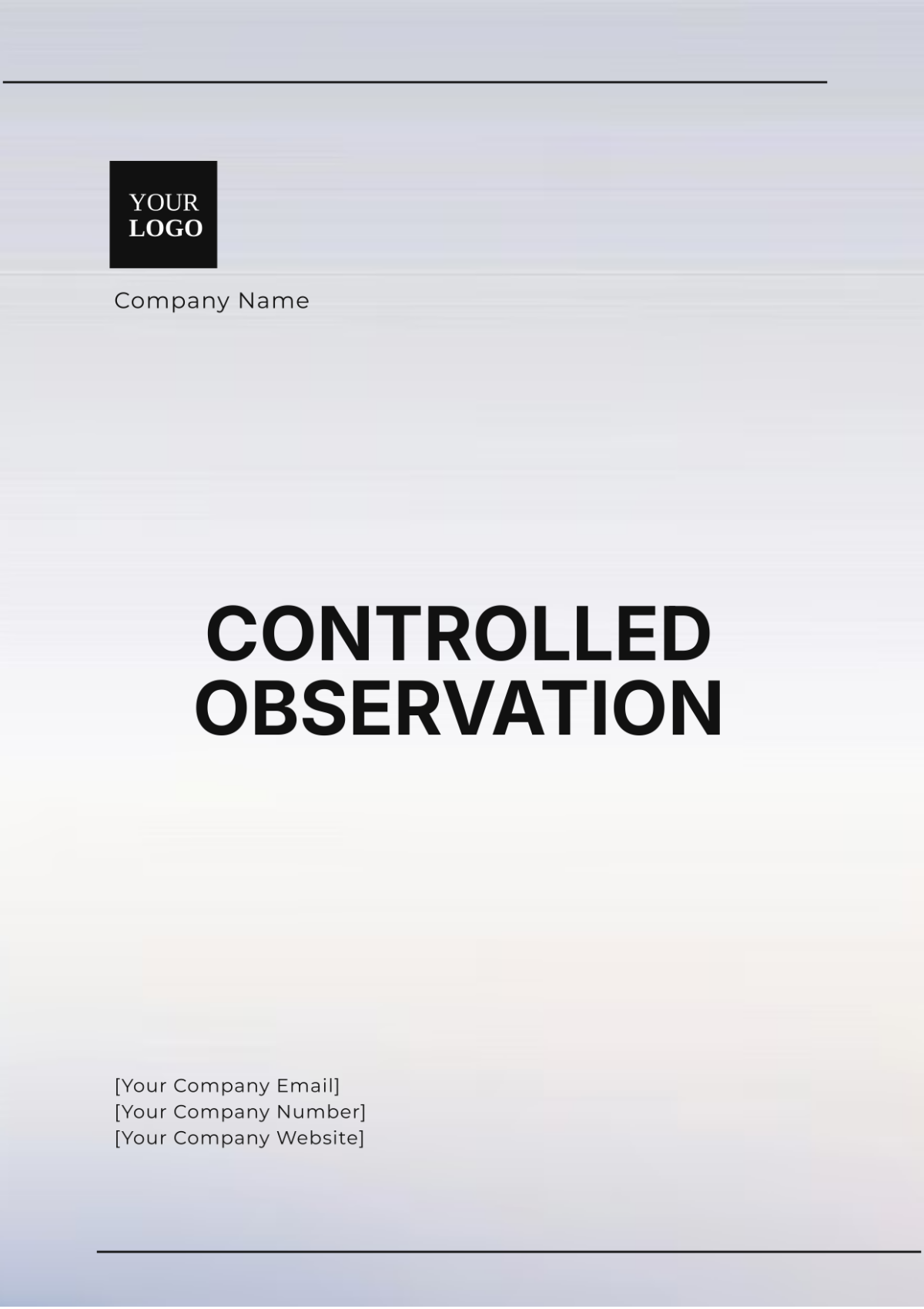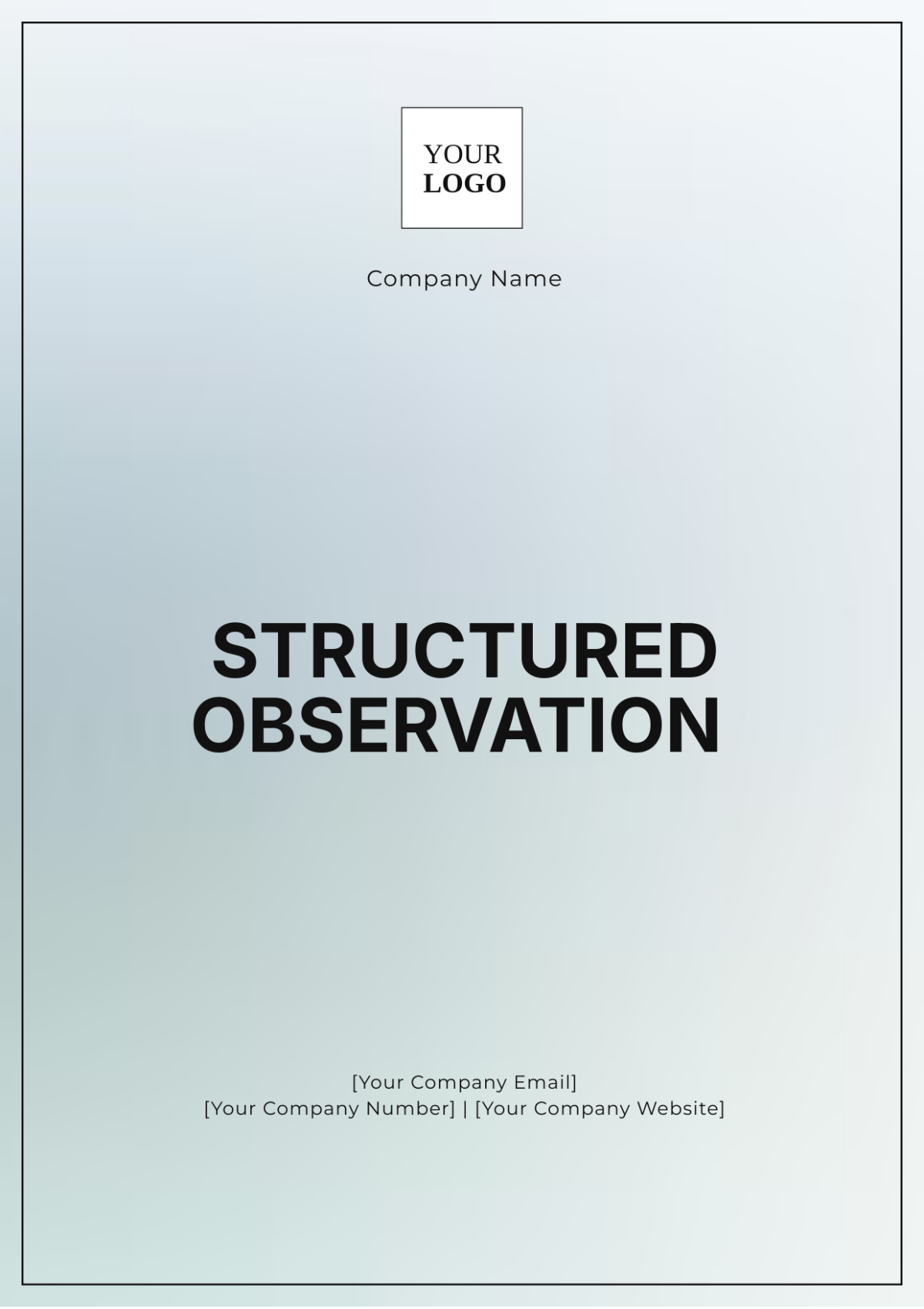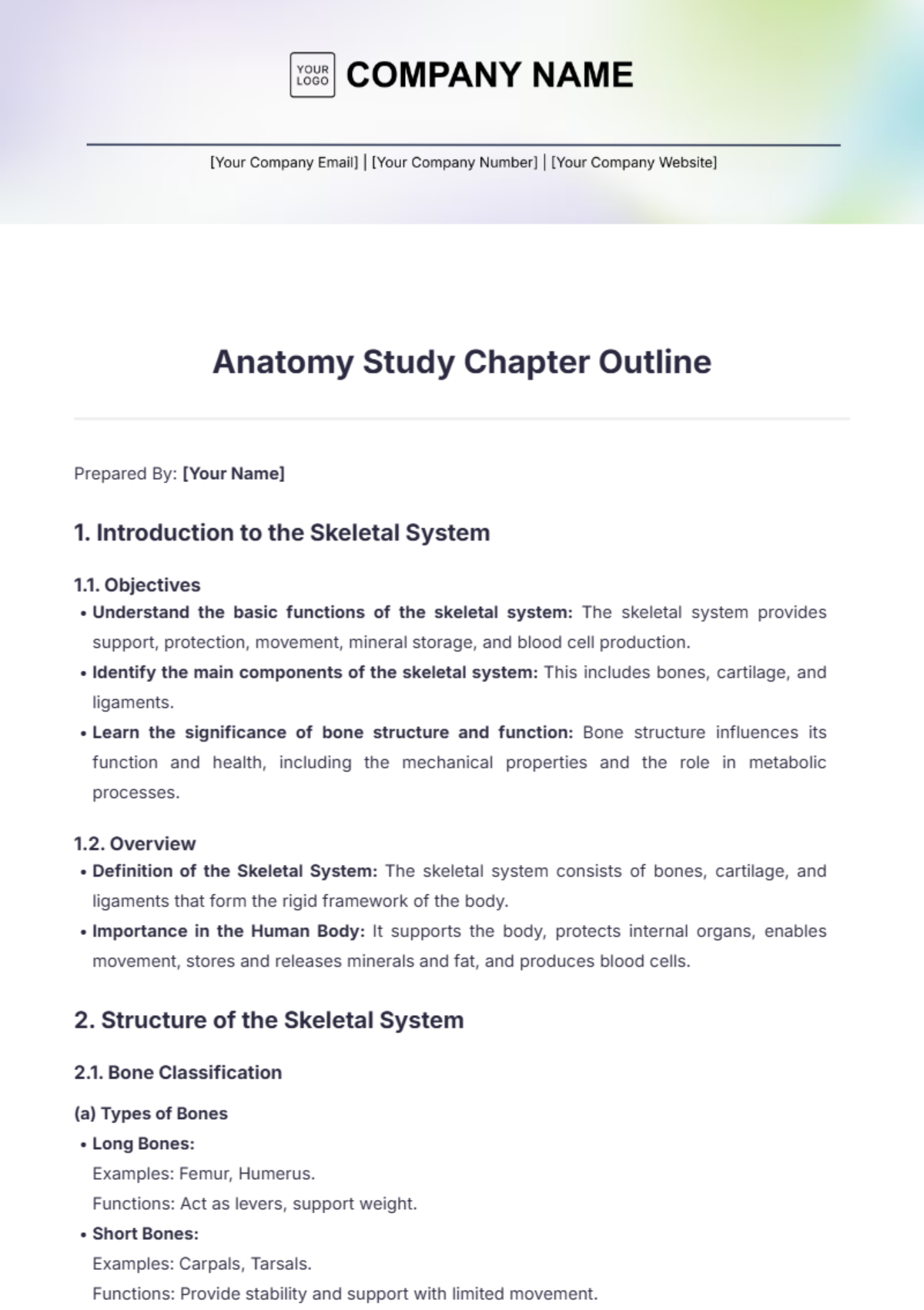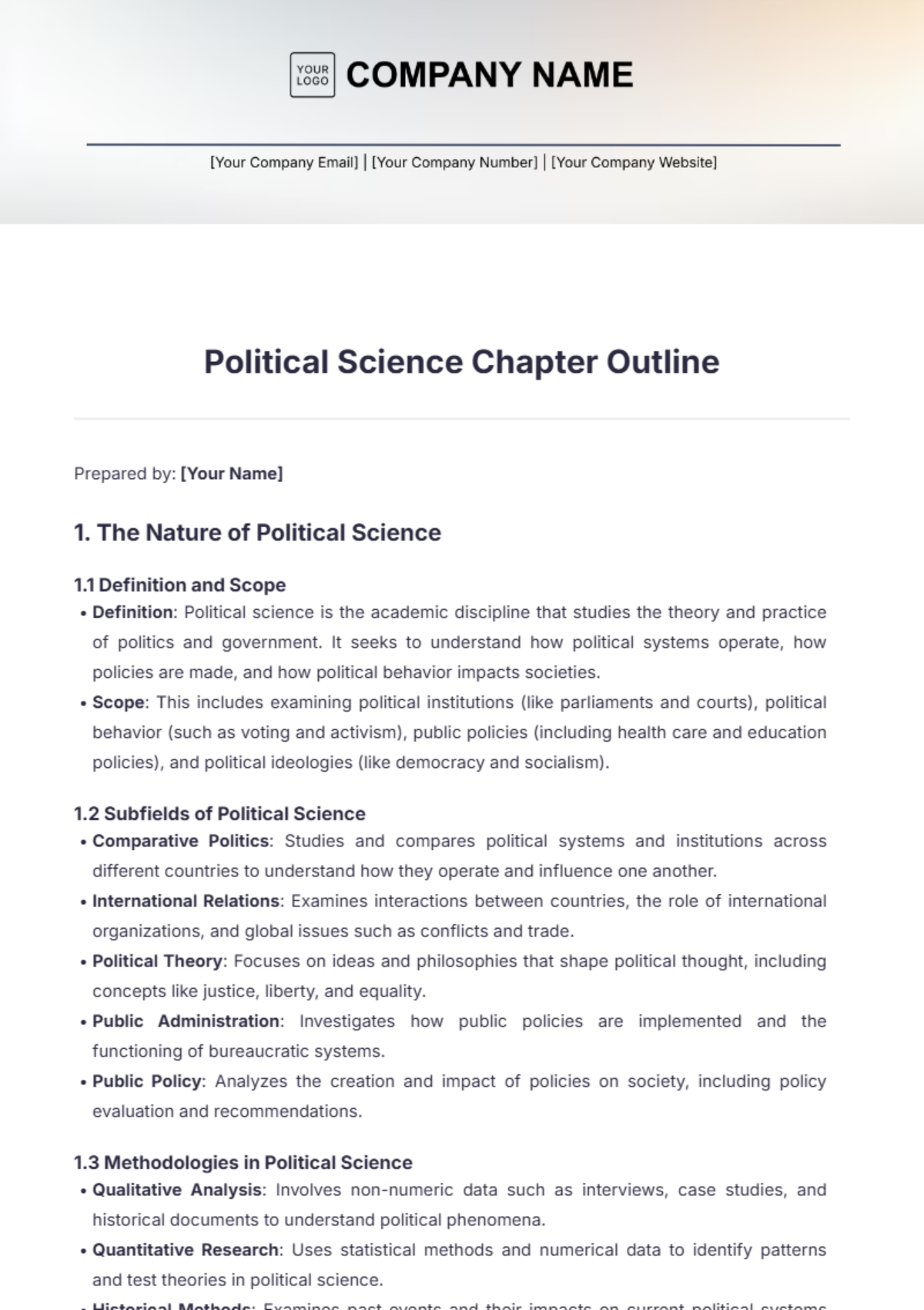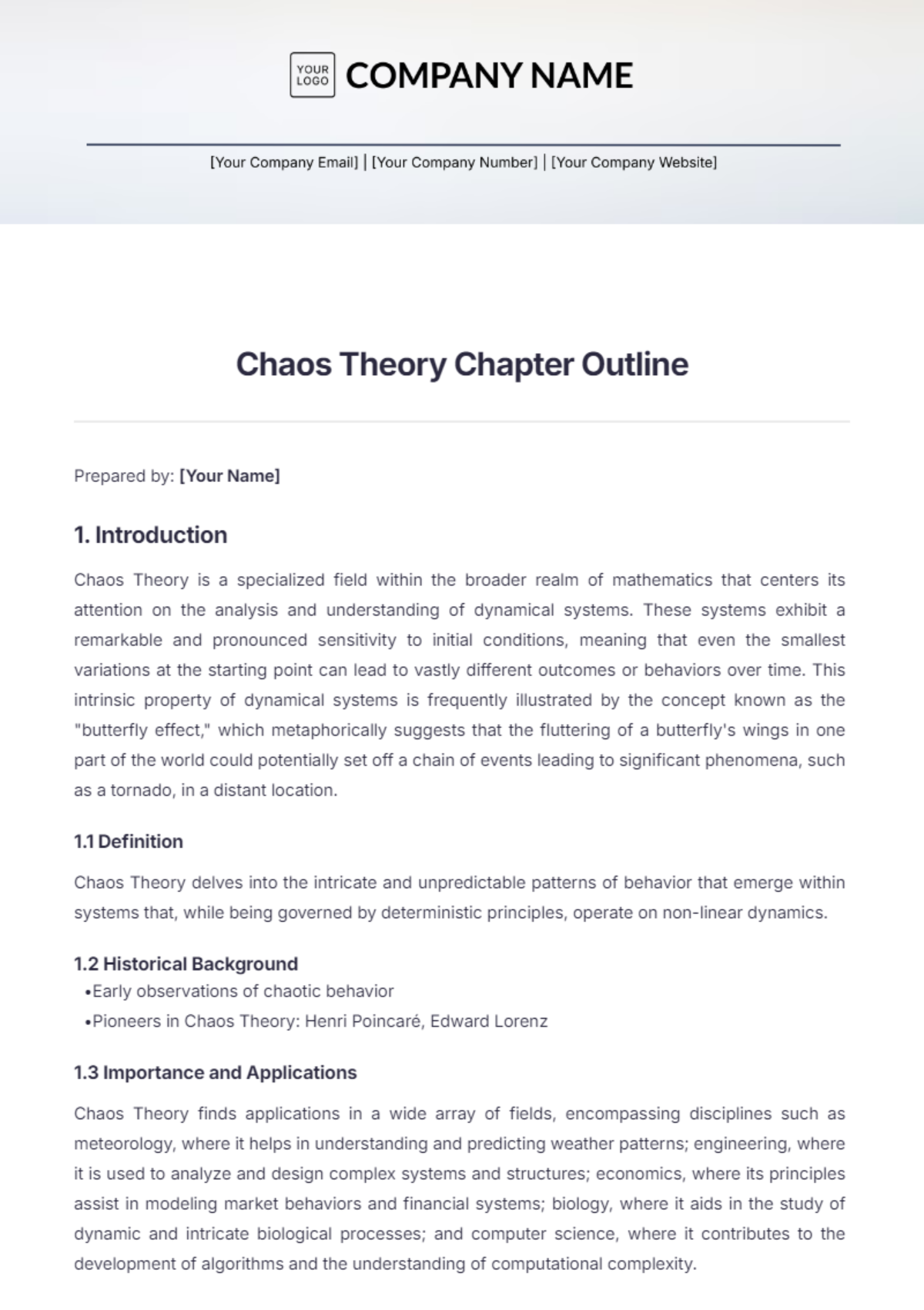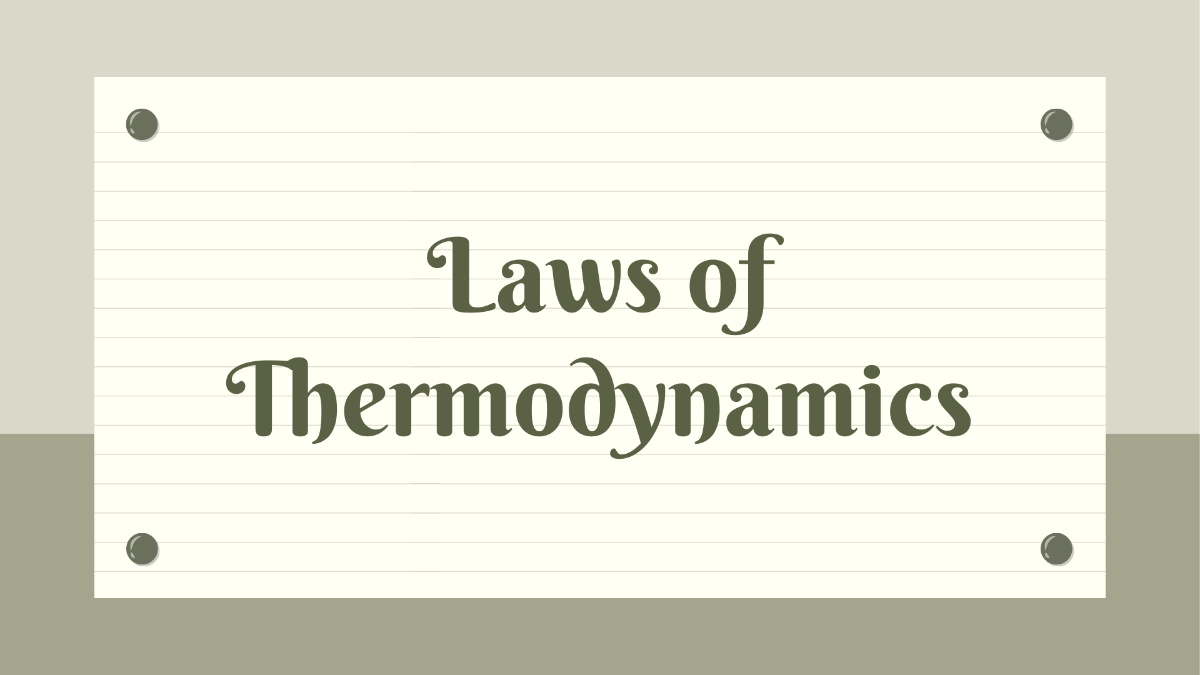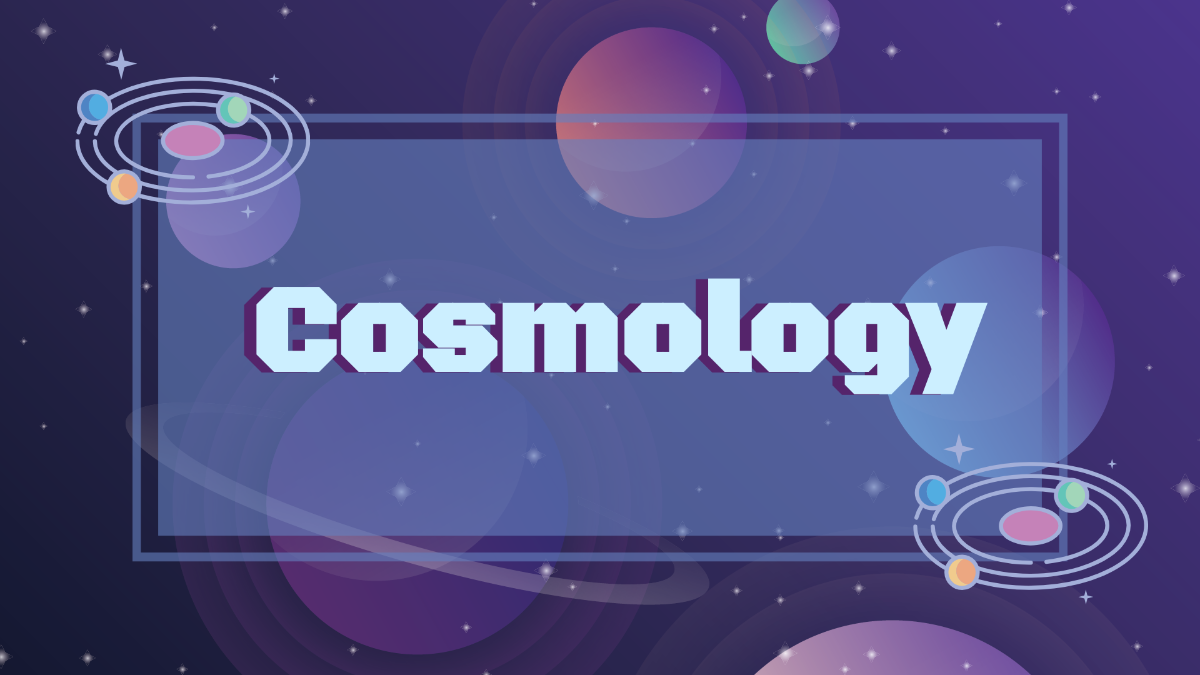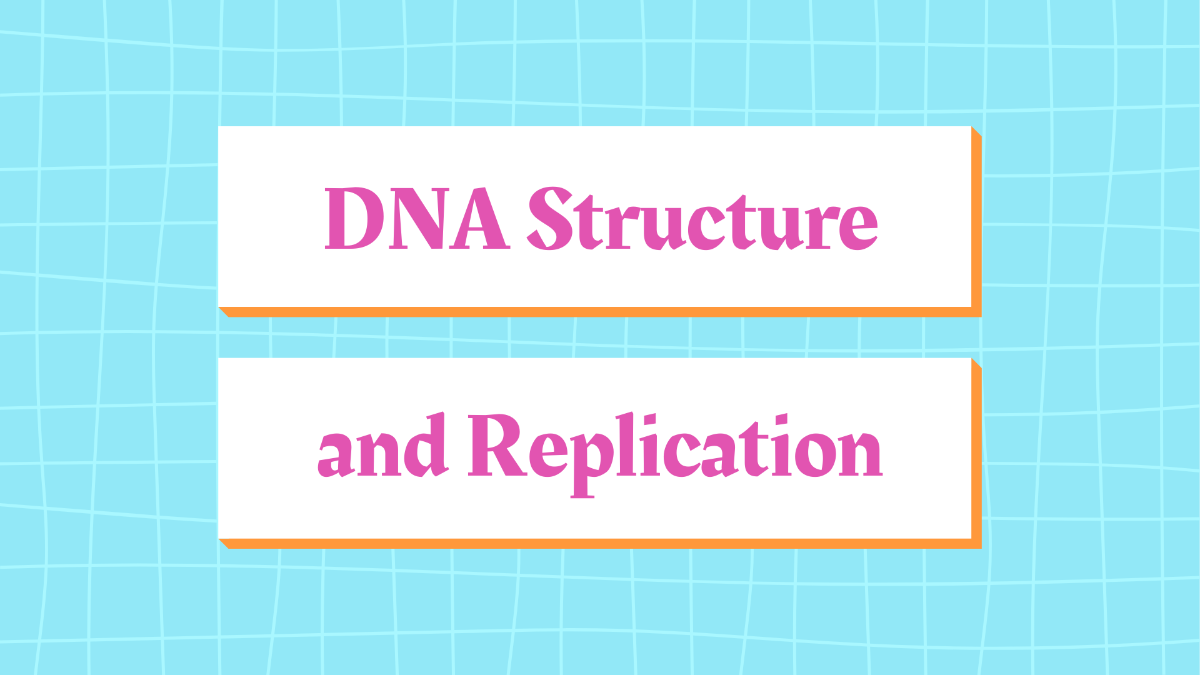Quantum Physics Systematic Review
Prepared By: [Your Name]
I. Introduction
Quantum physics, or quantum mechanics, is a fundamental branch of physics that describes the behavior of nature at the smallest scales, specifically at the atomic and subatomic levels. It provides a framework for understanding phenomena that cannot be explained by classical mechanics, introducing concepts that challenge traditional notions of determinism and certainty. This systematic review aims to consolidate key developments in quantum physics, present the core principles and mathematical structures, and explore both its groundbreaking applications and ongoing challenges in the field.
Historical Development
The evolution of quantum physics has been marked by groundbreaking contributions from a series of brilliant minds. Its origins in the early 20th century transformed our understanding of matter and energy. Below is a brief timeline of foundational milestones:
1900: Max Planck's Quantum Hypothesis
Max Planck introduces the concept of quantized energy, proposing that energy is emitted or absorbed in discrete units, or "quanta," laying the groundwork for quantum theory.1905: Einstein's Explanation of the Photoelectric Effect
Albert Einstein used quantum theory to explain the photoelectric effect, providing crucial evidence for the quantization of light and earning him the Nobel Prize.1924: Louis de Broglie and Matter Waves
Louis de Broglie proposes that particles, like electrons, also exhibit wave-like behavior, introducing the idea of wave-particle duality.1925-1926: Development of Quantum Mechanics
Werner Heisenberg and Erwin Schrödinger developed matrix mechanics and wave mechanics, respectively, two mathematical formulations of quantum mechanics.1935: The EPR Paradox
Einstein, Podolsky, and Rosen (EPR) challenge the completeness of quantum mechanics by questioning the phenomenon of quantum entanglement, sparking decades of debate.
This historical trajectory highlights how quantum physics evolved through a series of paradigm shifts, ultimately redefining our understanding of the physical world.
Fundamental Concepts
Quantum physics introduces several core principles that diverge radically from classical mechanics. These concepts not only revolutionized scientific thinking but continue to fuel research and technological advancement:
Wave-Particle Duality
Subatomic particles, such as electrons and photons, exhibit both wave-like and particle-like behavior, depending on the experimental setup. This duality challenges the classical distinction between particles and waves.Quantum Superposition
A quantum system can exist in multiple states at once. For instance, a particle can be in a combination of different positions simultaneously until a measurement collapses it into a single state.Quantum Entanglement
Two particles can become entangled, meaning the state of one particle instantaneously affects the state of the other, regardless of the distance between them. This "spooky action at a distance," as Einstein called it, has been experimentally verified.The Uncertainty Principle
Heisenberg's Uncertainty Principle asserts that one cannot simultaneously know both the position and momentum of a particle with arbitrary precision. The more accurately one property is measured, the less accurately the other can be known.
These principles challenge classical notions of determinism and locality, reshaping how we interpret the behavior of matter and energy at small scales.
Mathematical Framework
Quantum mechanics is built upon a rigorous mathematical foundation, primarily relying on advanced areas of mathematics such as linear algebra, complex analysis, and probability theory. The core mathematical structures include:
Wave Functions
The wave function, typically denoted by Ψ, is a central object in quantum mechanics. It provides a probabilistic description of a quantum system’s state, encoding information about the likelihood of finding a particle in a particular location or state.Operators
In quantum mechanics, physical observables (such as energy and momentum) are represented by operators—mathematical entities that act on wave functions to yield information about measurable quantities.Eigenvalues and Eigenstates
When an operator acts on a wave function, it produces eigenvalues and eigenstates, which represent the possible outcomes of measuring a particular observable. These form the basis of quantum measurement theory.Path Integrals
Richard Feynman's path integral formulation provides an alternative way to describe quantum systems. It sums over all possible paths a particle could take, calculating a probability amplitude for each outcome, thus unifying the probabilistic nature of quantum mechanics.
These mathematical tools not only describe the dynamics of quantum systems but also provide the framework for predicting experimental outcomes with remarkable precision.
Experimental Evidence
A vast array of experiments has repeatedly validated the principles of quantum mechanics, providing empirical support for its often counterintuitive predictions:
The Double-Slit Experiment
This iconic experiment demonstrated that particles such as electrons can exhibit interference patterns typically associated with waves, confirming the wave-particle duality.The Photoelectric Effect
Einstein's explanation of the photoelectric effect provided early proof of the quantization of light, showing that light consists of photons whose energy is proportional to their frequency.Bell Test Experiments
These experiments tested Bell's inequalities and confirmed the phenomenon of quantum entanglement, ruling out local hidden variable theories and supporting the nonlocality of quantum mechanics.
Such experiments have firmly established quantum mechanics as one of the most successful and accurate theories in the history of science.
Applications and Implications
The principles of quantum physics have led to transformative technologies with wide-ranging applications in various fields, including computing, cryptography, and communication:
Quantum Computing
Quantum computers, leveraging the superposition and entanglement of qubits, have the potential to solve certain problems exponentially faster than classical computers, revolutionizing fields such as cryptography, optimization, and material science.Quantum Cryptography
Quantum key distribution (QKD) uses the principles of quantum mechanics to create unbreakable encryption, providing unprecedented security for communication.Quantum Sensors
These devices exploit quantum states to achieve extremely precise measurements of time, magnetic fields, and gravitational forces, with applications in medicine, navigation, and fundamental physics research.Quantum Teleportation
Although not akin to science fiction teleportation, quantum teleportation allows the transfer of quantum states over large distances, playing a crucial role in future quantum communication networks.
These applications underscore the practical and revolutionary impact of quantum mechanics on technology and society.
Ongoing Research and Challenges
Despite its success, quantum mechanics presents several ongoing challenges and unresolved questions, both theoretical and practical:
Decoherence
One of the significant challenges in building quantum technologies is understanding and mitigating decoherence, the process by which quantum systems lose their quantum properties due to interactions with the environment.Quantum Gravity
The reconciliation of quantum mechanics with general relativity remains one of the greatest unsolved problems in physics. A unified theory of quantum gravity is essential for understanding phenomena such as black holes and the Big Bang.Scalability
While quantum technologies like quantum computing show promise, scaling these systems to practical levels remains a daunting engineering challenge due to issues like error correction and qubit stability.Philosophical Implications
The interpretation of quantum mechanics continues to fuel philosophical debate. Questions about the role of the observer, the validity of the many-worlds interpretation, and the nature of reality remain active areas of discussion.
These open questions point to the dynamic and evolving nature of quantum physics, highlighting areas where future breakthroughs are likely to occur.
Conclusion
Quantum physics stands as one of the most profound scientific achievements of the 20th century, reshaping our understanding of the universe at its most fundamental level. From the theoretical development of core principles like superposition and entanglement to the experimental verification of phenomena like the photoelectric effect and Bell's inequalities, the field has consistently pushed the boundaries of what is possible. As experimental techniques improve and theoretical models evolve, quantum physics will continue to be a fertile ground for scientific discovery and technological innovation.

